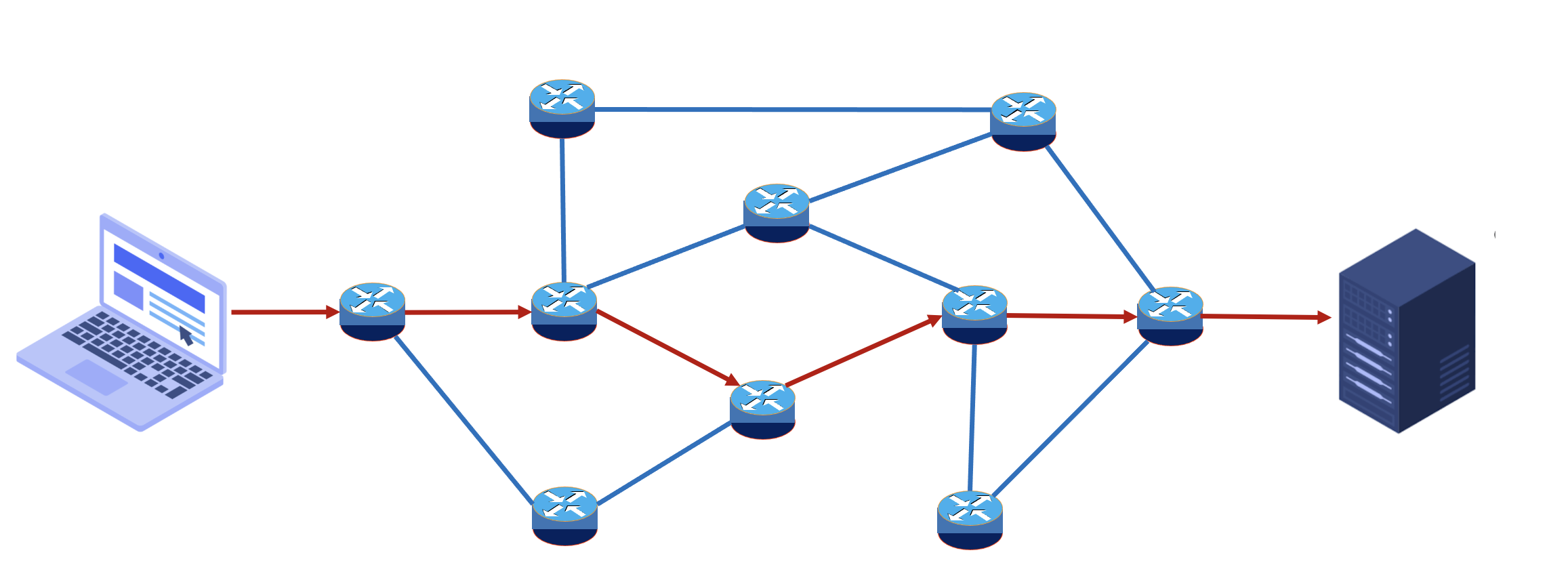Research
Research

Research Assistant Professor
Rm 204, Dao Yuan Building, the Chinese University of Hong Kong (Shenzhen)
Machine Learning, Communication System
Wireless communications and networking, Resource allocation and optimization, Network routing, Reinforcement learning.
Non-orthogonal Multiple Access Systems
Non-orthogonal multiple access (NOMA) has attracted much attention as a promising technology for 6G and beyond wireless communication networks, due to its potential to enable large-scale device connectivity and improve system spectral efficiency. Broadly speaking, NOMA can be implemented in both the power and code domains. While code domain NOMA uses user-specific spreading sequences to share the entire resource, power domain NOMA exploits the channel gain differences between users and multiplexes them through power control. Moreover, in power domain NOMA, the receiver(s) applies successive interference cancellation (SIC) to decode the messages of different users in a sequential manner.
Both power control and SIC decoding order are key factors of NOMA. Most of existing NOMA designs have routinely relied on assuming a predefined SIC decoding order and discussed the power allocation only. The performance degradation due to fixed decoding orders is not yet well studied. The objective of our work is to jointly exploit the power allocation and the SIC decoding order in NOMA systems. In particular, we are interested in characterizing the achievable rate region of a system consisting of multiple NOMA sessions and in establishing a duality between the downlink and uplink NOMA systems.

Packet Routing with Reinforcement Learning
A communication network consists of a set of nodes and links that connect them. Information is transferred from one node to another node as data packets. Routing is a fundamental problem in communication networks that decides how the packets are directed from their source nodes to their destination nodes through some intermediate nodes. A packet on its way experiences two kinds of delay, one being the transmission delay over the links, and the other being the queue delay occurred when the packet has to wait in the queues of the nodes before being processed. Normally, there are multiple routing paths that a packet could take and the choice of the path is crucial to the delivery time of the packet. A successful routing scheme should be able to efficiently utilize the communication paths and minimize the delivery time of packets.
With the increasing complexity of network topology and highly dynamic traffic demand, conventional model-based and rule-based routing schemes show significant limitations. For exmaple, the classic routing protocol, shortest path, always sends packets through paths that can minimize the number of hops. When the traffic load increases, the links shared by multiple shortest paths may suffer from terrible congestion. Adding intelligence to the network control is becoming a trend and the key to achieving high-efficiency network operation. Our work is to develop a model-free and data-driven routing strategy by leveraging reinforcement learning.

Wireless technologies are being used in various applications for their ease of deployment and inherent capabilities to support mobility. Wi-Fi, for example, is one of the fastest growing wireless technologies, with Wi-Fi chipsets and clients installed in almost every eletronic devices. Persistent connectivity requires bandwidth and resources, and wireless spectrum is becoming even more precious than ever. Radio resource management (RRM) analyzes the existing RF environment, automatically adjusts each users' power and channel configurations to help mitigate such things as co-channel interference and signal coverage problems.
Link adaptation is a key function of RRM. In a fading wireless channel, link adaptation adapts the data transmission parameters, for example the modulation and coding scheme (MCS), to optimize the link performance in real time. Efficient and robust link adaptation is central to achieving the extremely high data rates supported by the wireless networks. Our work is to investigate an efficient rate adaptation mechanism, that can respond quickly to channel variation.